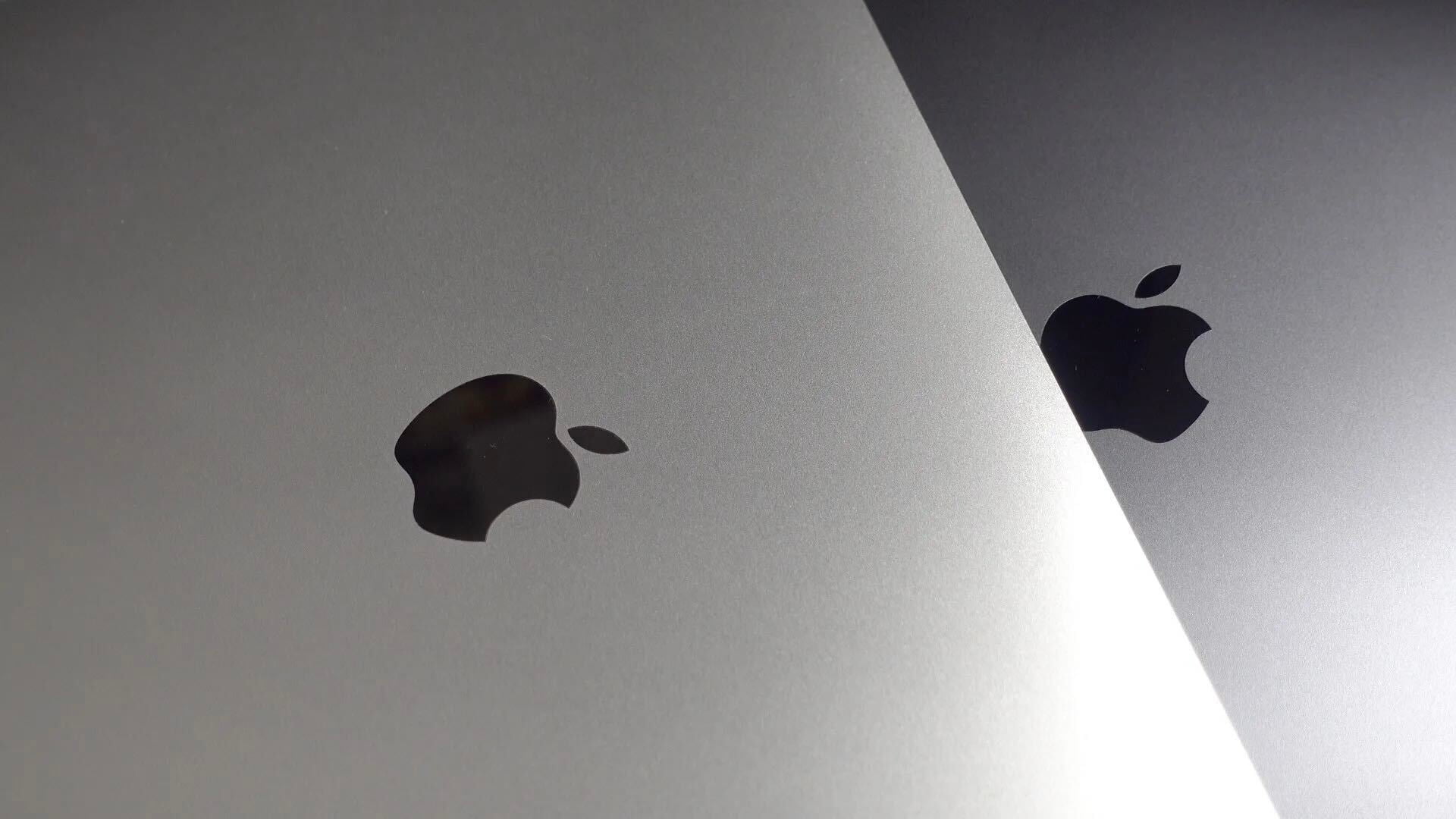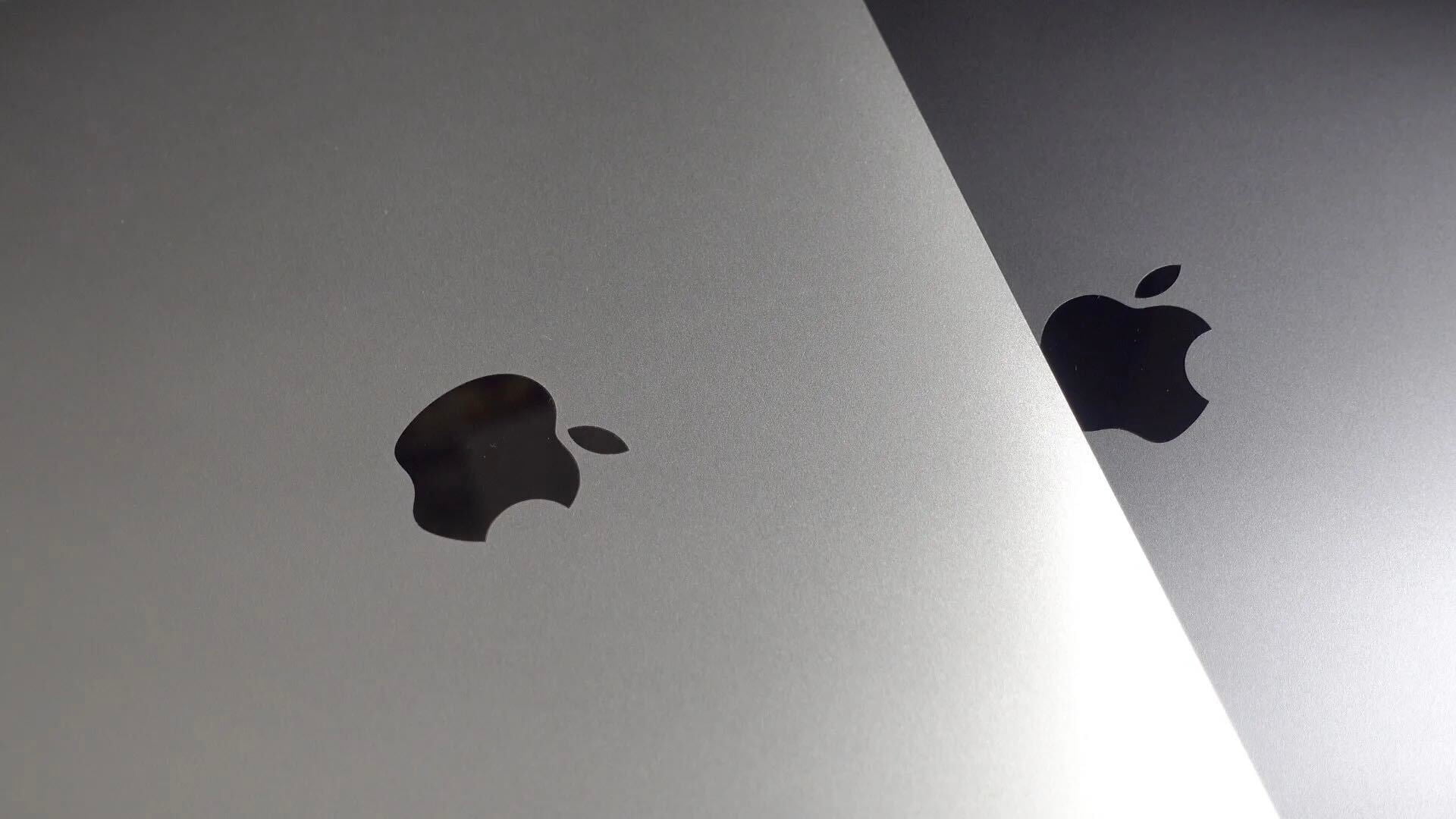
Yesterday evening, Apple executive Phil Schiller made a surprise appearance on the Accidental Tech Podcast with Marco Arment, John Siracusa, and Casey Liss. During the interview, Schiller talked about the history and goals of WWDC, how Apple works to make WWDC more accessible to everyone, the art of live demos, and more.
The Apple VP first pointed out some of the ways Apple is working to make WWDC content more accessible to developers who can’t attend in person. The purpose of WWDC, Schiller said, is to make it engineer to engineer, which is something that’s hard to replicate:
“We think about that a lot. There are over 5,000 attendees and over 1,000 Apple engineers and guests. It’s an amazing audience. To start with, nothing will ever be better than just being at WWDC. It really is built around this experience that, for decades now, we’ve said will always be Apple engineers presenting and interacting with developers. There have been plenty of requests over the years to have other kinds of presentations with marketing people and business people, and I hold the line. The greatest benefit of this is that it’s engineer to engineer. Nothing can replace that.
But, on top of that, we know that we can’t reach everyone that way and there’s so much great content. We want to get that content out to the widest audience possible, help developers take advantage of and adopt new features and technologies quickly and give us feedback. We’re constantly working on this challenge. We live stream more and more of the WWDC week, not just the keynote but other events to as many people as possible. Making that live stream available on as many platforms as possible. We put video on demand up very quickly, and we work very hard every year to accelerate the time that gets posted.”
Schiller also noted that Apple is constantly expanding things like its Developer Academy, workshops, accelerator programs, and more to developers and students around the world.
One thing Schiller spent some time explaining is how Apple attempts to strike a balance between managing small independent developers versus large companies on the App Store. The goal, according to Schiller, is to make resources available to everyone:
“We think about the small and independent developers all the time. It is a passion for many of us in the developer relations team. One of the core principles we started the whole idea with was how do you open up the the access and technology to developers of all sizes. The old model, way back before the App Store, was much more of a partnership managed, individual ‘big developers get most of the resources’ kind of model. But the App Store, by design, is much more open to developers of all sizes.
I’ll never say we’re perfect, but we try incredibly hard to make sure everything about the developer program is one to many. While we all value the personal relationships we have, you still have to do everything you can to build the program available to everyone. “
One way that Apple has tried to put the spotlight on smaller developers is through the new editorial-based App Store design. Schiller touted that the App Store gets half a billion visitors per week, which puts a lot of eyes on the apps and developers that get featured:
“The new App Store design was to make it an even more modern App Store based on how customers use it, and to build up editorial resources so we can feature more and more apps, and the developers who make those apps. Right there on the front. I can tell you, the editorial team thinks constantly about making sure that resources are being used to help small and independent developers throughout.
The traffic to the App Store is approximately half a billion visitors per week. It’s unbelievable the size of that traffic. We try to reach all these users and put developers in front of them.”
One of the most interesting portions of the interview centers on Schiller’s recount of the iconic Wi-Fi demo at MacWorld 1999. Here, Apple introduced the iBook as well as AirPort wireless networking products. To demonstrate Wi-Fi and the lack of wires, Schiller jumped off the stage while holding an iBook. Watch the demo video below. Of course, this is bittersweet now that Apple no longer makes AirPort accessories.
During other parts of the interview, Schiller touted that Apple is constantly listening to podcasts and reading websites that cover its products, noting that they provide a “ton of input” that is useful. Schiller also shared some personal thoughts on how he has evolved as presenter, his favorite cars and boxed lunches, and more.
The full episode of ATP can be found on the ATP website, in Apple Podcasts, Overcast, and other podcast apps.
https://www.youtube.com/watch?v=zOi1jrdheJo
FTC: We use income earning auto affiliate links. More.


Comments